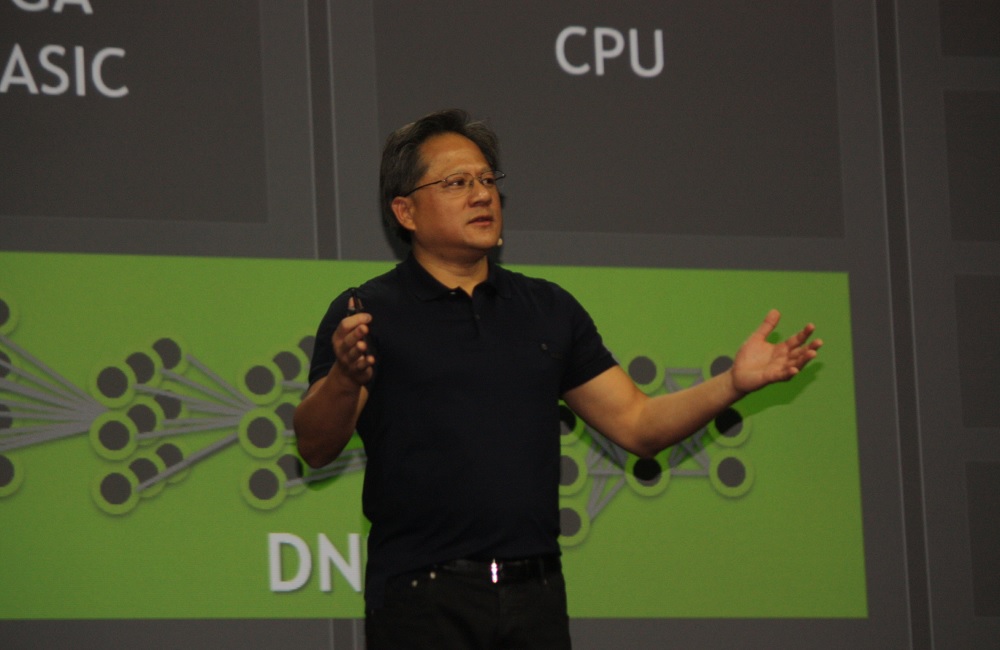Graphics and A.I. chip maker Nvidia reported second-quarter earnings that beat Wall Street’s expectations by a handy margin.
Nvidia’s results are a bellwether for the PC industry, as the company is one of the largest makers of graphics chips. Its results are also indicators of the health of sectors such as PC gaming hardware, graphics-enhanced data center computing, deep learning, and car computing.

Unlock premium content and VIP community perks with GB M A X!
Join now to enjoy our free and premium membership perks.
![]()

![]()